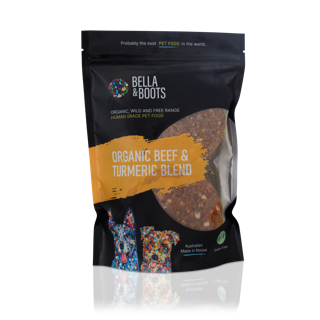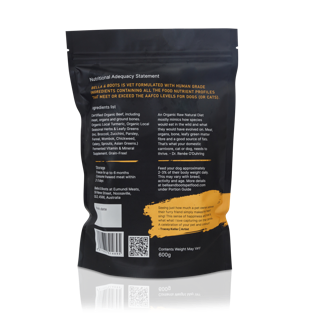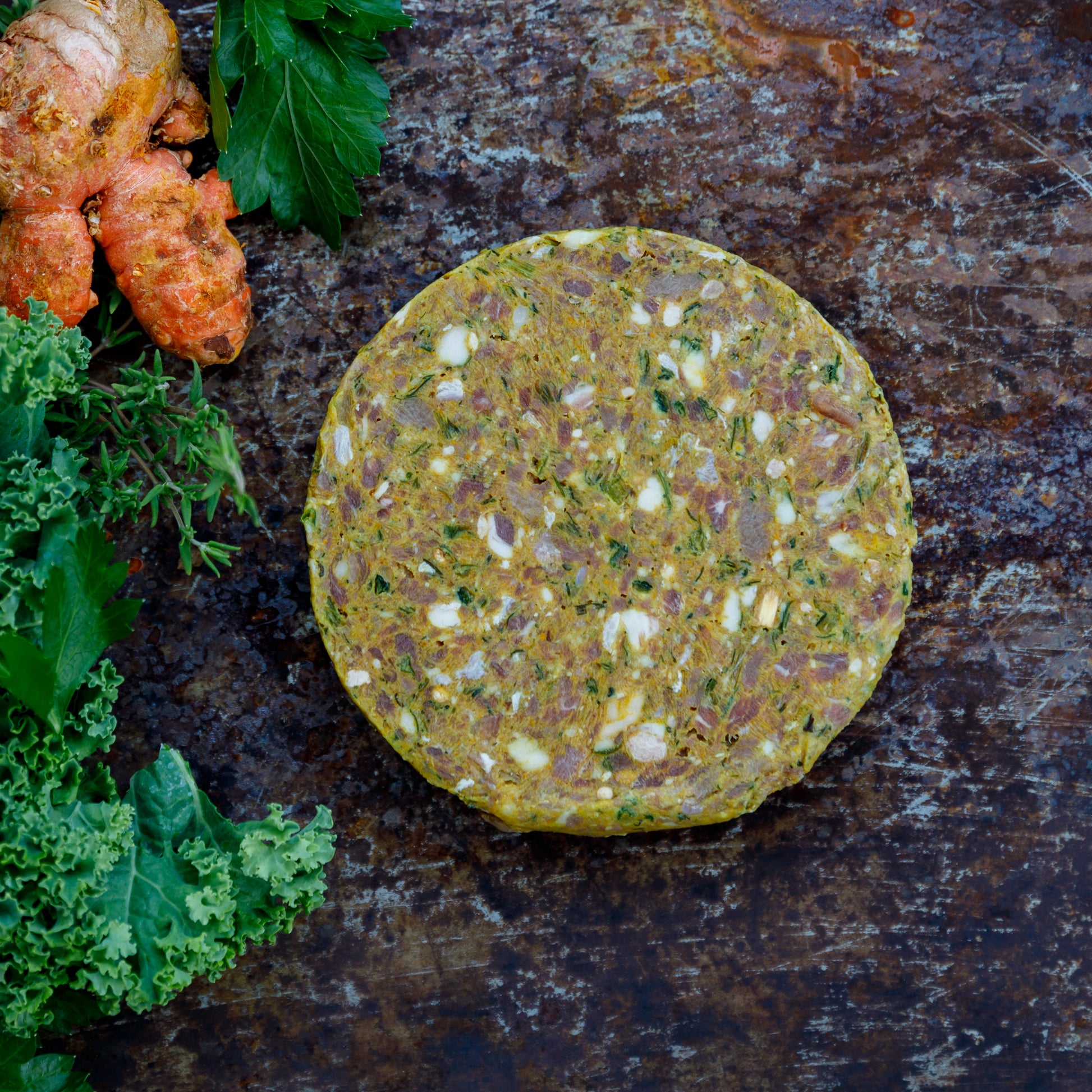1
/
of
3
Bella & Boots: Organic Pet Food
The Organic Beef & Turmeric Blend - 600g
The Organic Beef & Turmeric Blend - 600g
Regular price
$15.99 AUD
Regular price
Sale price
$15.99 AUD
Unit price
/
per
Taxes included.
Shipping calculated at checkout.
Couldn't load pickup availability
Share






